
Zucchini is an ever-popular vegetable. Some of the popularity comes from how easy the vegetable is to grow. This allows you to reliably produce the vegetable and use it in the meals. Yet, an even more powerful feature is the versatility of zucchini. You can use zucchinis in many different situations, including some pretty unexpected ones.
Zoodles are a fantastic example of this, where thin strips of zucchini are either cooked or served raw as a low carb alternative to noodles. Zucchini also makes its way into plenty of baking recipes too, including bread, muffins, and even chocolate cake.
Much of this versatility is related to the blandness of zucchini. The mild flavor means that zucchini doesn’t overwhelm your other ingredients. Often you won’t be able to taste it at all. This feature is perfect if you’re simply looking to add nutrients or moisture to a recipe.
It’s easy to end up with too much of the vegetable, which raises the question of how to freeze zucchini. Doing so is especially important if you find yourself with too many zucchinis from your garden or if you find some at an exceptionally good price.
Thankfully, freezing zucchini isn’t too difficult, but you do need to cut it up first, blanch the zucchini, and make sure all the pieces are dry before putting them in the freezer. Freezing a whole zucchini as-is won’t work well at all.
P.S. We know that zucchinis, like tomatoes, are botanically classified as a fruit rather than a vegetable. However, that distinction is largely semantics. We treat zucchini like a vegetable for cooking, so we might as well call it one.
How To Freeze Zucchini

First, freezing zucchini isn’t as simple as just throwing an entire zucchini in the freezer and waiting. If you do so, the zucchini will freeze unevenly and give you an awful mushy and watery texture.
To get around this, you need to work on preparing the zucchini. Let’s take a look at the approaches, starting with freezing zucchini slices.
Freezing Zucchini Slices
The first approach is to freeze slices of zucchini. To begin with, you’ll need to wash and dry the zucchini, then cut it into slices.
The size of these slices will be determined by how you hope to use the zucchini later. In fact, if you’re using zucchini in a soup, you might choose to cut these slices into quarters to make them even smaller.
The next step is blanching. Doing so involves dropping the zucchini slices in boiling water for just a minute or two, then plunging them straight into ice water.
The jump from hot to cold denatures some of the enzymes in your zucchini. This effect helps to reduce color, texture, and flavor loss in your zucchini over time, making it more resilient to freezing.
After blanching, you’re going to need to dry the zucchini again. This is essential, as any extra liquid can lead to freezer burn, which no one wants.
If you have time, you can then choose to pre-freeze the zucchini. Doing so involves placing the zucchini pieces on a baking tray and freezing them for a few hours before transferring them to a freezer safe bag.
Freezing Grated Zucchini

If you’re going to use zucchini in baking, you might choose to grate it instead of cutting it into slices. You can still take most of the same steps here, including blanching and pre-freezing the zucchini.
A crucial extra step is to remove as much excess water as possible. Doing so often involves using a kitchen towel or cheesecloth to wring out as much water as possible.
Also, if you’re pre-freezing the grated zucchini, be sure to spread it out as evenly as possible. Doing so helps with the texture and should make the zucchini easier to use later on.
Freezing Zucchini Noodles
Many bloggers claim that you can’t freeze zucchini noodles, as they turn out too mushy. Yet, others not only freeze the noodles successfully, but manage to include them in recipes without much difference in flavor and texture.
When doing so, it’s important to blanch the noodles and make sure they’re as dry as possible before freezing them.
Crucially, the noodles shouldn’t be thawed before use. It’s best to cook them straight from frozen over high heat. Doing so stops the noodles from getting mushy and still allows you to have a delicious meal.
Freezing Dishes With Zucchini
On a related note, you can also freeze dishes that contain zucchini, including muffins, quick breads, and quiche. Many such dishes freeze and thaw well, as the zucchini helps to keep them moist.
Is Blanching Essential?
Blanching before freezing has a noticeable impact on the color and texture of your zucchini, especially if you’re freezing it in large slices. Yet, blanching isn’t essential.
If you’re short on time or patience, you can simply skip the blanching process. Doing so works best for grated zucchini. Because the pieces are smaller here, the lack of blanching doesn’t have such a large effect on texture.
That said, even if the zucchini is grated, non-blanched zucchini will be noticeably softer and mushier than the blanched version. Because of this, you should only skip blanching if the texture of your zucchini doesn’t matter.
For example, many baked products turn out just as well with non-blanched shredded zucchini as with the blanched version. You can also include non-blanched zucchini pieces in soups and stews. Smoothies are a viable option too, as you’re going to be blending your zucchini pieces anyway.
There’s one other caveat – unblanched zucchini doesn’t keep its quality for as long as the blanched version. This means you should use it within a few months, perhaps sooner. So, this approach is best reserved for zucchini you plan to use soon.
Things To Consider

Pre-Freezing
Earlier, we discussed the idea of pre-freezing. This approach involves spreading your zucchini pieces out on a baking sheet or something similar and freezing them for a few hours. Then, once they’re frozen, you can transfer the pieces to appropriate freezer containers.
Doing so is worthwhile, as separating out the zucchini pieces like this stops them from sticking together, making them easier to use later on. This is particularly relevant if you plan to use small amounts of zucchini at a time.
Still… the process requires extra effort and only works if you have enough space in your freezer for a tray.
The easiest way around pre-freezing is to freeze your zucchini pieces in portion-sized containers. This way it doesn’t matter so much if the pieces stick together. Doing so is especially helpful for grated zucchini and zucchini noodles, as you don’t really need individual pieces anyway.
Match The Prep To How You’ll Use The Zucchini
Before you start to prep your zucchini, think about how you’re going to use it. For example, if you’re making a dish like ratatouille, sliced zucchini is your best bet, while chopped zucchini is excellent for soups and stews.
If you’re baking instead, shredded zucchini is the way to go. You certainly don’t want to be trying to shred zucchini pieces as they are thawing.
The Quality Of Your Zucchini
The zucchini you choose makes a difference too. Notably, you’ll get the best results from a fresh and firm zucchini. The older and softer the zucchini is, the less appealing it will be after freezing.
This means that it’s best to freeze zucchinis as soon as you get them. The results of freezing won’t be nearly as good if you wait a few days to decide whether or not you’re going to use zucchini.
So, if you do have a zucchini that’s getting past its best, freezing isn’t the way to go. Try using the zucchini in your baking instead or finding some other creative use.
Packaging
How you package your zucchini makes a notable difference as well. This includes using freezer safe containers (or bags) and making sure their size suits your zucchini.
Notably, you want to minimize the extra air in the container. The more air there is, the greater the risk of freezer burn.
Labeling
Finally, it’s crucial to label your zucchini with the date it was frozen. It’s easy to skip this step and assume you’ll remember later, but most of us forget after a month or two.
Like most fresh produce, frozen zucchini is best used within three months of freezing. It can be safely used for up to a year, but the quality noticeably decreases after three months. Writing the date helps ensure that you use the zucchini soon enough.
What Happens When You Freeze Zucchini?

Freezing vegetables always compromises their integrity because the cell walls get damaged during the process of freezing and thawing. This damage is irreversible, so your vegetables always end up softer and with less structure than they did before freezing.
The speed of freezing affects the final texture, which is why commercially frozen vegetables often thaw better than those you freeze at home. But, even here, the thawed version is much softer than the fresh vegetable.
Because of this, frozen zucchini can’t be used in all the same situations as fresh zucchini. It’s best reserved for times when the texture of zucchini doesn’t matter, like in a stew, in baking, or blended up in a smoothie.
In fact, the high water content of zucchini means that its texture is compromised more than many other vegetables.
How Do You Use Frozen Zucchini?
It’s often best to cook frozen zucchini as it is without thawing it first. For example, you might sauté frozen zucchini noodles in a frying pan with a bit of butter and some fresh herbs. You can also simply throw frozen zucchini pieces into a soup or stew and allow them to cook along with the other ingredients.
Another option is to throw frozen zucchini pieces into a smoothie. Doing so is surprisingly powerful, as the zucchini provides extra nutrients to your smoothie and is almost impossible to detect. Using frozen zucchini instead of fresh here even helps with the texture of your smoothie.
Beyond this, you might sometimes want to thaw your zucchini and then cook with it. Thawing the zucchini in the fridge is the best approach here, as this allows your zucchini to defrost slowly, which should help with its texture.
Can You Freeze Other Summer Squash?
Zucchini is classified as a summer squash, along with other types, like yellow squash, pattypan squash, and crookneck squash. These vegetables all have similar features to zucchini, so you can follow the same techniques to freeze these too.
The biggest difference is water content, which can be influenced by the type of summer squash and growing conditions. If the water content is lower than with zucchini, you may need to slightly decrease the blanching time to compensate.
Other Ways To Preserve Zucchini

Dehydrating
Dehydrating is one of the simplest ways to preserve zucchini, especially if you have a dehydrator handy.
If you don’t have a dehydrator, the oven will do the trick. You’ll need to oven as low as possible and keep the door open a little for ventilation. Keep an eye on the zucchini and flip it periodically to make sure it dries evenly and doesn’t burn.
Regardless of the approach you take, you’ll need to make sure that the zucchini is fully dry. A good indication is that it will easily break under pressure, rather than bending.
Dehydrating zucchini ensures it lasts at least a few months. You can even rehydrate it when needed and use it in cooking or baking.
Canning
Zucchini can be successfully preserved with canning, but you’ll need to rely on pressure canning rather than water bath canning. Pressure canning is crucial, as a water bath can’t reach the temperatures you need to produce a safe product.
The steps should all be familiar if you’ve done any canning before. You’ll need to begin by choosing suitable jars and sterilizing them. Then, the zucchini can be washed, blanched, and chopped as you wish.
Some people also add extra ingredients for flavoring into the jars, such as mustard seed or turmeric. You can mix any extra ingredients with the zucchini, then stuff the zucchini into the jar, leaving an inch or so of headspace. After this, you’ll need to seal the jars and get to work with the pressure canner.
Fermenting
Fermentation is a natural process that results in beneficial microbes and a distinct tang. It is also an easy way to make your zucchini last longer.
The approach is the same as creating fermented pickles, where you rely on a saltwater brine and give the jars enough time to ferment. You still get plenty of nutrients from the zucchini, along with some sweet and vegetal flavors that are uncommon when pickling cucumbers.
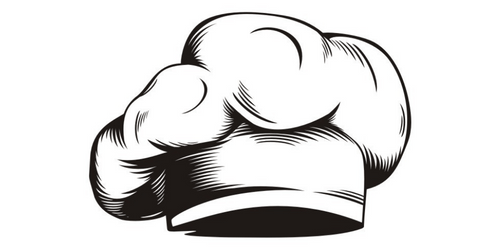
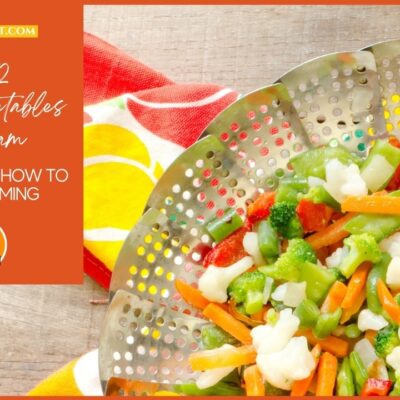


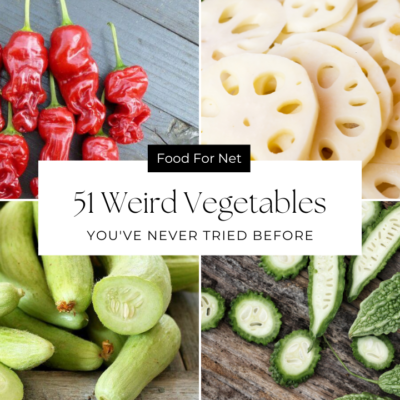
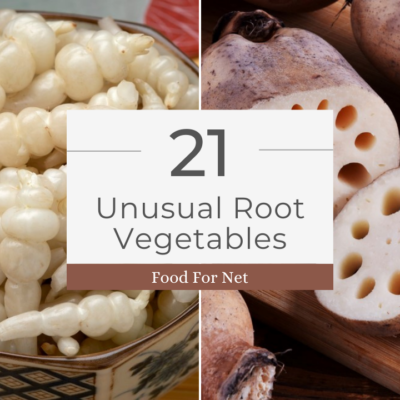

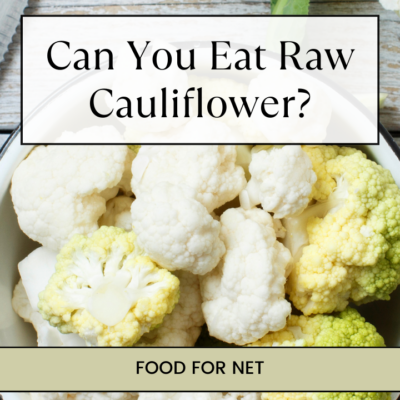



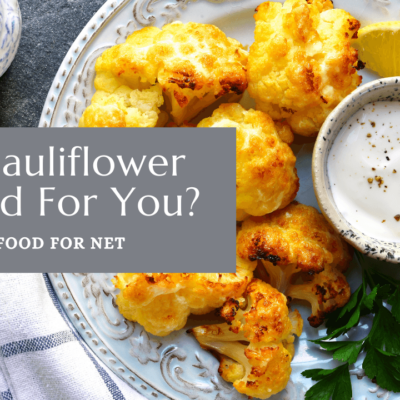




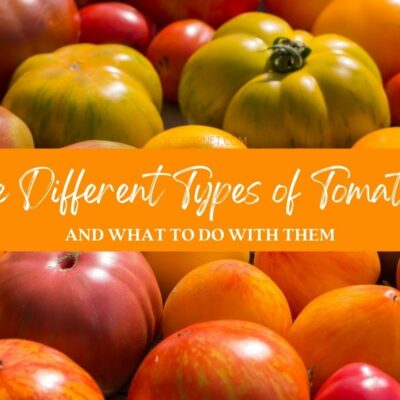
 What To Serve With Shrimp And Grits
What To Serve With Shrimp And Grits